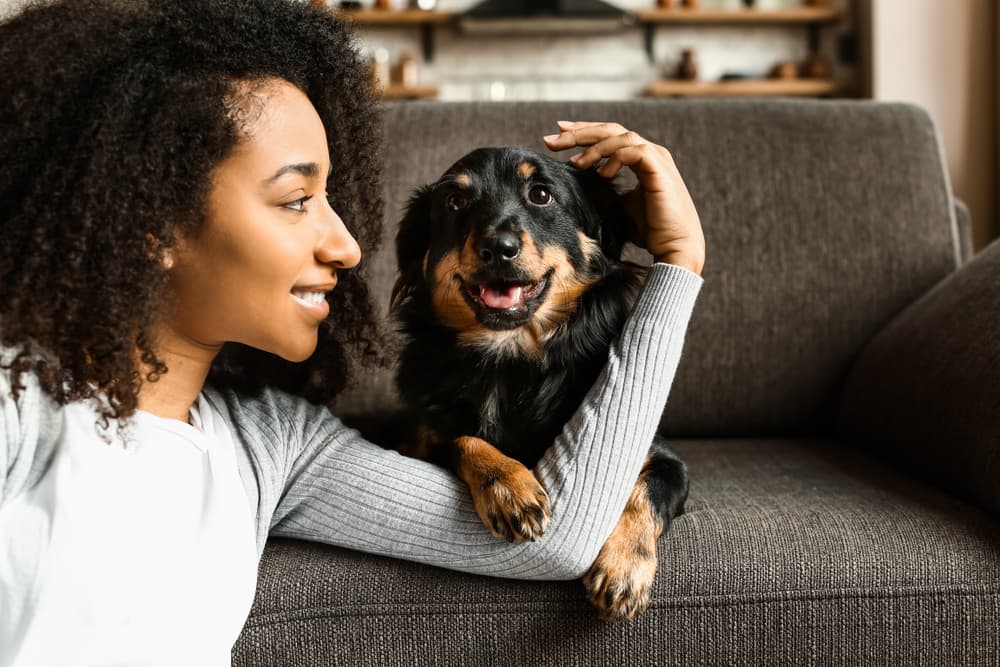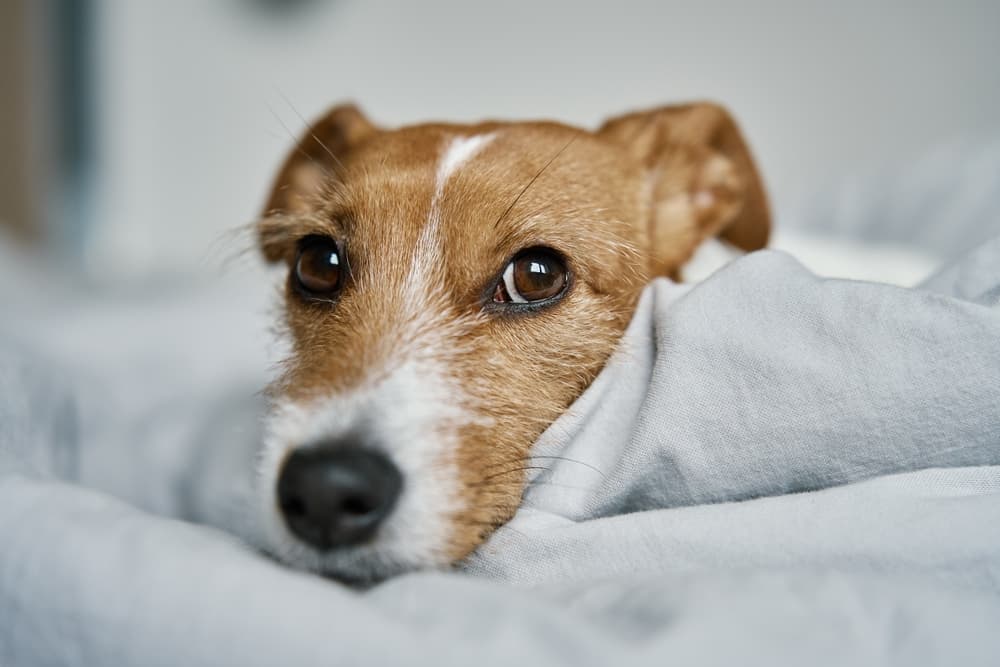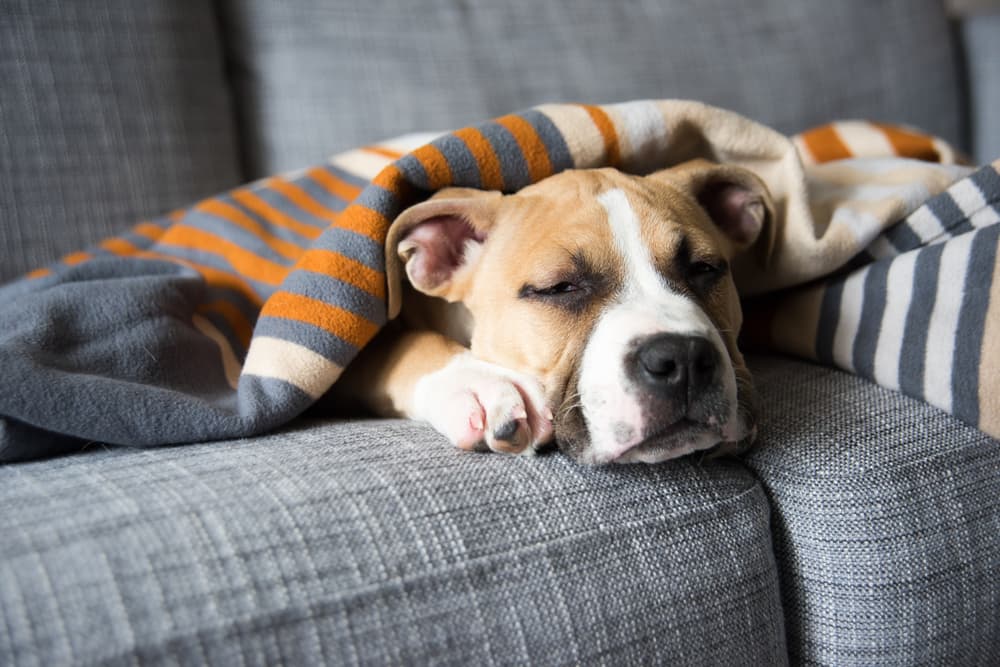claudication in dogsis always a sign of painfulness . But it can be hard to predict whether that pain will improve after some rest or persist and require intervention . While favored parents often go for for a ready recovery , one common movement of dog gameness — a rent in the cranial cruciate ligament ( CCL ) of a dog ’s genu — does command intervention . And , in many case , veterinary recommend a Tibial Plateau Leveling Osteotomy operation , also known as TPLO surgical procedure for dogs .
While the idea of Canis familiaris surgery may leave some pet parent feel worried or overwhelmed , the important affair to know is that TPLO surgery is plebeian , has a high success rate , and has come back many dogs to a pain - free active life style .
Here ’s a helpful overview of everything you need to know about TPLO surgery , what you’re able to expect if your frank need this surgical intervention , and some post - op tips to help your dog recover .

What is TPLO Surgery in Dogs?
In weenie , the CCL is equivalent to the prior cruciate ligament ( ACL ) in humans . However , whereas humans with a torn ACL might undergo surgery to remedy or remodel it , blackguard ACL injuries do n’t get the same handling . CCL hangout and reconstruction do n’t work for four - legged animals .
Instead , a veterinarian may recommend TPLO surgery for andiron with a torn or injured CCL . In the simplest terms , a hot dog ’s CCL keep the knee joint ( knee ) stable and working properly . When damage , bend the knee get a dog ’s thigh ivory ( femur ) and shin bone ( tibia ) to slip painfully out of place . TPLO surgical operation reconfigures the direction a detent ’s stifle works , stabilizing the bones so that the leg can bend properly and painlessly , even without a CCL .
To accomplish this , a veterinary surgeon deepen the slant ( stage ) of the joint open ( tibial tableland ) by swerve into the tibia bone ( osteotomy ) and repositioning the resulting bone segment . This make a more static joint by deepen the mode the quadriceps ( second joint ) muscle acts on the tibia ( shin bone ) .

Like most surgical procedure , there are some risk associate with TPLO OR in dogs . So it is typically recommend for hound where the possible benefits are greater than the risks . There are several ingredient veterinary surgeons consider before settle if a wienerwurst is a good prospect for TPLO surgery . These include weight , activeness level , and old age .
In years preceding , TPLO was regard a surgery most appropriate for larger heel ( more than 50 pound ) . However , smaller dogs ( less than 30 pounds ) who have undergone the process do very well in both the unforesightful and long full term .
Alternatives to TPLO Surgery in Dogs
Several other surgical procedures can also be used to treat CCL damage . The choice of techniques is free-base on the operating surgeon ’s orientation and experience , as well as the dog ’s specific trauma .
Other procedures that can be used to deal instability in the knee joint joint created by a partially or amply torn CCL in dogs include :
While non - operative solutions , such aspain management , directed activeness , physical rehabilitation , andweight management , may help ease the irritation of CCL injuries in andiron , these tactics do not address the underlying experimental condition . For tenacious - full term health and mobility , the sooner surgery is perform , the skillful the resultant for your pet .

What Does TPLO Surgery for Dogs Involve?
If your pawl has a torn CCL and TPLO is merit , here ’s what you’re able to bear .
Before TPLO Surgery
First , your veterinarian will want to confirm whether your dog ’s gimpiness is due to a CCL tear with a thoroughgoing orthopedic exam , which may involve sedation as some of the joint manipulation required may be painful .
The veterinarian will also takeX - rays(radiographs ) to assess the degree ofinflammationinside the reefer , confirm there are no other issues involve , and determine the angle of the tibial plateau . This serve the operating surgeon work out the measurements needed for surgery , including how much the os section involve to be circumvolve .
Most surgeon require your positron emission tomography to have recent bloodwork confirm they are healthy enough for anesthesia and medications . Your veterinarian will also want your dog ’s skin to be healthy before the procedure becauseunhealthy skindoes not cure well and increases your firedog ’s peril for surgical infection .

Day of TPLO Surgery
On the twenty-four hours of the procedure , your blackguard will receive pre - operative pain medication and anesthesia . Your click ’s ramification will also be trim all the way past the coxa and down to the mortise joint before heading into the operating way .
To begin , the surgeon will make an incision on the outside of the leg near the knee . Using a small photographic camera or the defenseless eye , they will inspect the human knee articulatio , removing the semilunar cartilage — gristle within the knee joint — if it is damage .
The surgeon then moves the tissue and muscles at the top of the tibia out of the fashion to make a sheer cut at the top of the shin . This section , the tibial plateau , is then rotated to a position that cater more stability , so the bone do n’t slip when the knee is bent . then reattached with a plate and surgical screws .

Finally , the surgeon suture the muscles back together over the dental plate and exit the incision with sutures or surgical staples . All of this take about 1 - 2 hour for an experient veterinary surgeon .
After TPLO Surgery
After the surgery is complete , but before the dog emerge from anesthesia , more X - ray of light are assume to corroborate the new joint angle . If the operating surgeon is not satisfied , they will return to the operating room and modify the slant of the osteotomy segment . Some facilities can perform these X - ray in the operating room before closing the dent .
Benefitsof TPLO Surgery for Dogs
likeliness of success . TPLO surgery for CCL rip in domestic dog has a very high achiever rate . harmonize to one study , dogs that undergo the TPLO procedure regained 93 pct of human knee purpose one twelvemonth after the surgery . ( 1 )
Fast recovery . Compared to other disciplinary surgeries , TPLO has a speedy recovery pace . Within four months , most dogs can take the air and play unremarkably . Within six month , most can sum up full body process , even straining play .
Reduced risk of arthritis . Researchers studying the long - term impact of TPLO onosteoarthritis in dogsfound that dogs treated with TPLO had few pain and mobility result due to osteoarthritis than dogs treated with other operation , such as han alternate procedures , like Tibial Tuberosity Advancement ( TTA ) . ( 2 )

Drawbacksof TPLO Surgery for Dogs
Not all hound are eligible . Some dogs may not be view in force candidates for TPLO surgery due to years , weight unit , or other wellness issues . This is why it is so important to discourse your detent ’s full aesculapian history with a veterinary operating surgeon to limit the best agency to address your firedog ’s discredited CCL .
Risk of complications . As with any operative function , TPLO operating room does come with some jeopardy . One study constitute that 10 - 34 percent of TPLO function report complications . ( 3 ) The most common complications are considered minor , such as infection of the incision or post - working swelling . Though less common , major complications include bone contagion ( osteomyelitis ) which might necessitate removal of the surgical collection plate and screws .
Re - injury during recovery . It ’s crucial to monitor your dog nearly after TPLO surgery and follow post - operative book of instructions to insure the right chance of recuperation . Otherwise , your frump could manducate out their sutures because they are n’t have on a strobilus or fracture their operative implant due to exercise too presently .

And even if your dog recovers from TPLO surgical process beautifully , it ’s important to take note that about one-half of the bounder who tear their CCL in one knee will injure the CCL in the other ramification within a few class . So you may not be out of the woods yet .
Dog TPLO SurgeryCost
TPLO is a specialised surgery that should only be performed by add-in - certified veterinary surgeons . Their training and experience , combined with the cost of the equipment involve , means this surgery is a somewhat pricey ( yet worthy ) investiture in your pet ’s tenacious - term health .
The intermediate cost for operation with infirmary halt and follow - up visit roam between $ 4,000 to $ 7,000 range . Complications during or after operating room can boost that figure even higher .
And do n’t forget about the costs you may incur during your heel ’s retrieval period . Physical therapy is highly advocate follow TPLO surgical procedure and typically costs around $ 500 to $ 1,000 .

TPLO Surgery Recovery in Dogs
Your favourite will be unload from the hospital wearing an Es - shoe collar ( also hump as the “ cone of shame ” ) to prevent them from bat at the prick as this can lead to infection or opening of the wound .
The veterinarian may also order several type of medications to assist in your dog ’s convalescence . These will vary , depending on your pawl ’s overall health , general vitality level , and other cistron that can impact convalescence achiever . It ’s important to give these medications exactly as orchestrate . If for some reason you are unable to give the medicinal drug call the veterinary ’s office right away for further instructions .
Keys to TPLO Recovery: Rest, Caution, Patience
Most veterinarian propose 6 to 8 workweek of relaxation following surgery to give dog time to heal . Returning to activity too early or without a gradual addition in intensity could undo the benefit of TPLO surgery and put you back at hearty one .
Your vet will supervise your dog ’s progress and provide a plan for resuming sealed activities , as well as strong-arm rehabilitation with a veterinary PT specializer , when they view as your domestic dog ready .
This may take some time , so be fain to keep a airless spotter on your healing pup . It ’s very probably your firedog will think they ’re quick for more activity before the veterinarian OKs it .

If , despite your skillful efforts , your bounder jumps up onto the sofa instead of waiting to be raise or straight thrust after a squirrel , do n’t despair . Accidents happen . But do call your veterinary surgeon or surgeon for assistance determining what impingement this might have on the healing summons .
They may advocate X - beam to ensure the pearl and implant are where they should be . Or they may prescribe sedatives to help keep your dog subdued so they can cure the right way .
Repeat misdemeanor , such as running , jumping , or other strenuous activitieswilldisrupt healing and could lead to TPLO failure . So keep an centre out for symptoms that recuperation is not going according to plan . These admit worsening limp , lethargy , swelling of the articulatio genus , and set down from the section situation .
However , if you ( and your whelp ! ) stick closely to your veterinarian ’s taboo recovery plan , your positron emission tomography should be able to return to normal activity within about 6 calendar month .
How to Care for Your Dog After TPLO Surgery
To give your dog the best chance for a full convalescence , here are some hint for succeeder :